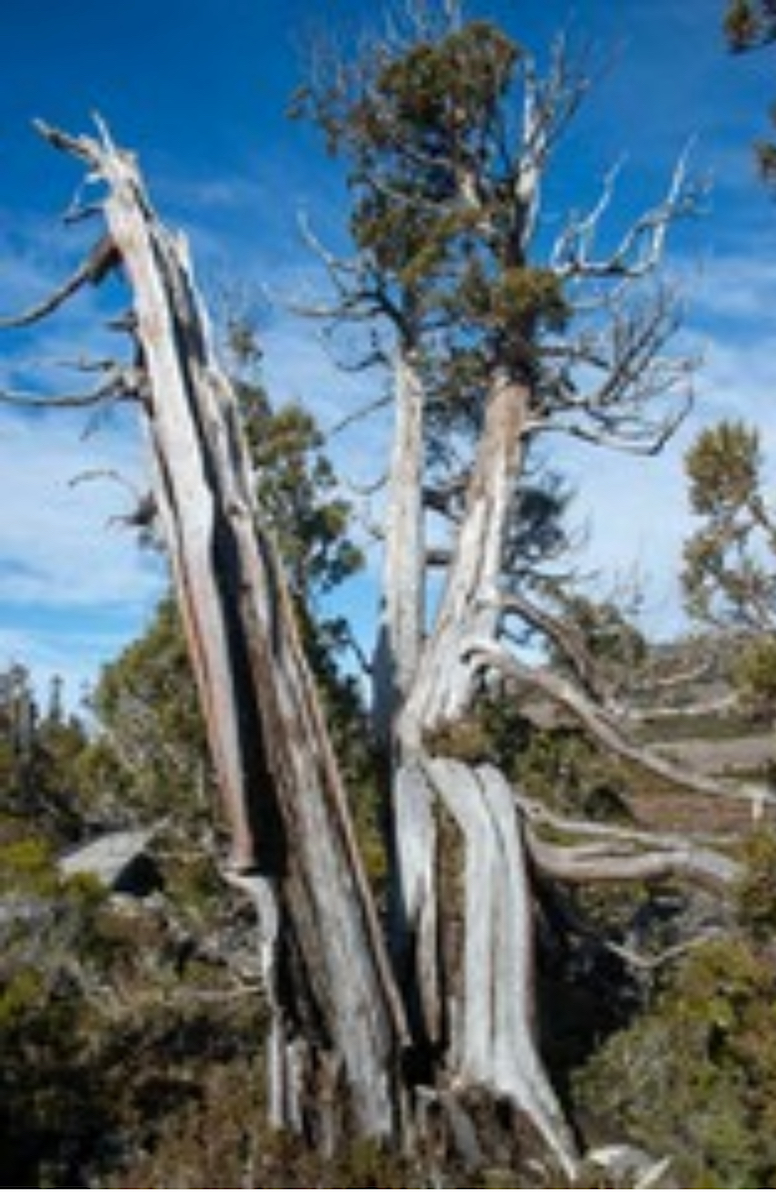Estimated Read Time: 5 minutes 30 seconds
The Lows of the High Life
The sub-alpine gives us skiing, mountain biking and grizzly bears – and a whole lot more.
Okay, so here’s the thing: people and most living organisms – including most mammals and birds and even plants – are pretty similar.
Sure, we enjoy different skills, but we have similar values: we all like reasonable weather, nutrient-rich food, easy to access water, and terrain that isn’t onerous to navigate.
And that’s why, from humans to salmon to robins to beavers, we’ve come to the same conclusion: valley bottoms are the best places to live and raise a family.
But just because there is more biodiversity in places like the sub-boreal or inland rainforest, doesn’t mean the sub-alpine eco-region is devoid of life. In fact, for most species, this sandwich zone – between 1350 metres and 1950 metres in Mount Robson; the area between where most life lives and where almost no life lives – is of significant importance.
For people? In addition to providing critical ecosystem services that help us survive (you know, like water-creating-and-purifying headwaters and weather-creating-and-climate-regulating mountains), the sub-alpine also seems to be where many of us find fun – skiing, mountain biking, recording TikTok videos with cool backdrops…
For wildlife, in addition to benefiting from those same ecosystem services, the sub-alpine is also a seasonal retreat.
 As most of you know, this is a landscape defined by winter. In Mount Robson, winter in the subalpine starts in September and lasts until June (and you thought Calgary summers were short).
As most of you know, this is a landscape defined by winter. In Mount Robson, winter in the subalpine starts in September and lasts until June (and you thought Calgary summers were short).
The steep slopes and cold, consistent moisture – known to many as snow – means only some species make this area their year-round home. But those that do – the golden larch, the Englemann spruce and, most critically, the whitebark pine – thrive.
It’s hard to imagine a tree being a keystone species, but that’s exactly what the whitebark pine is.
Tolerant of the most extreme conditions that the weather gods can throw at it, the whitebark pine is a hearty creature. It can live for 500 years – and some believe even over 1000 years. And amongst the oldest stands in Canada? You guessed it, right here in Mount Robson’s subalpine.
Because it can live for so long and because it can withstand the wind and snow and the altitude, it’s one of the few trees that can establish the root system needed to keep the whole mountain in place.
Without the
whitebark pine?
Damaging erosion can follow, destroying habitat and literally muddying the waters for those living in the valley bottoms. Like you, me, the salmon and the rest of our neighbours.
Of course, some erosion is good – like what’s caused by avalanches.
Sure, avalanches are scary and deadly and generally people don’t like them, especially if their view of the sub-alpine is simply a place to go skiing. But like naturally occurring wildfire – another natural phenomenon we don’t love – it’s critical to replenishing the ecosystem in ways humans simply are unable to re-create.
Recent studies have shown that avalanches aren’t the ecological disaster we once thought; they’re actually a keystone process.
Avalanches create more diversity of flora in a sub-alpine eco-region than would otherwise exist. These plants exist to serve special niches and that, in turn, creates seasonal habitat for keystone species, such as the grizzly bear.
Yes, the grizzlies need the seeds from whitebark pine in the fall, but they also need some open, high elevation spaces, free of trees, for other types of vegetation to grow, helping feed them in the summer.
Think about it: post-avalanche, the forested sub-alpine is now littered with openings to help the sunlight get in. For bears in the spring, it means west and south-facing avalanche slopes become snow free first and start growing critical foods first (mmm, glacier lily bulbs).
